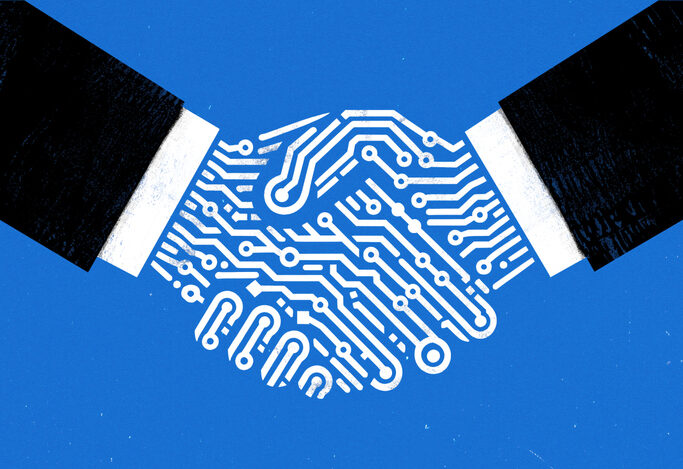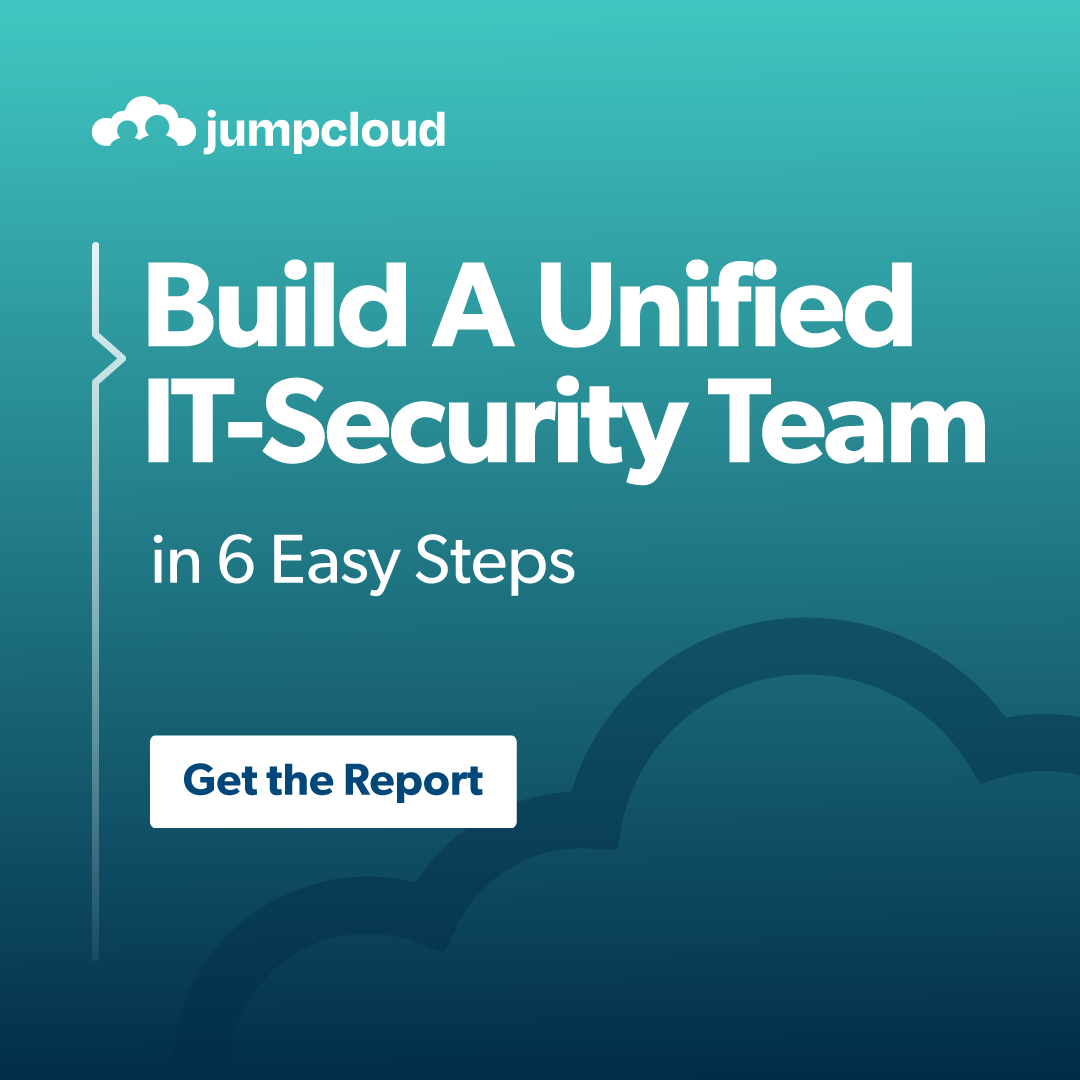Updated on June 30, 2025
As cybersecurity threats become more complex, keeping your organization secure is more important than ever. Privileged access management (PAM) adds a critical layer of protection, helping businesses secure sensitive systems, lower risks, and stay compliant. But why is PAM such an effective tool for organizations? Here, we outline its main benefits, including how it improves security, boosts efficiency, and adds value to your business.
Enhanced Security Posture
Privileged accounts pose unique challenges for security teams, as they represent high-value targets for attackers. PAM significantly improves your organization’s security by addressing the vulnerabilities associated with these accounts. Here’s how:
Reduced Attack Surface
PAM minimizes your attack surface by limiting standing privileges and centralizing control over access. With technologies like just-in-time (JIT) access, you grant elevated permissions only when necessary, preventing constant access vulnerabilities. For example, rather than having administrative privileges permanently enabled, employees are granted short-term access as needed for specific tasks.
Prevention of Credential Theft and Abuse
Credential theft is one of the most common types of cyberattacks, often leading to devastating breaches. PAM combats this through robust centralized password management and strong authentication methods like multi-factor authentication (MFA). By automatically rotating and vaulting privileged credentials, PAM ensures stolen credentials quickly become useless.
Additionally, PAM employs session monitoring to track privileged activities, reducing opportunities for misuse. For instance, if an attacker gains unauthorized access to a privileged account, session monitoring can flag anomalies in real time and shut down malicious activity before damage occurs.
Mitigation of Lateral Movement
Once attackers gain access to a privileged account, they often attempt lateral movement to explore and exploit other parts of the network. With PAM, compromised accounts are isolated quickly, limiting attackers’ ability to escalate their access. Role-based access and granular permission controls prevent cybercriminals from “jumping” between systems.
Protection Against Insider Threats
Even trusted users can pose a threat if their credentials are leveraged improperly. PAM provides advanced monitoring and auditing capabilities, enabling organizations to track privileged user activities. For example, you can generate detailed logs and video recordings of sessions, which not only enhance security but also make accountability crystal clear.
Containment of Breaches
When breaches do occur, PAM minimizes the blast radius. By containing the exposure to only compromised accounts, your organization can respond to and recover from incidents much faster. The result? Significantly reduced damage and downtime.
Improved Compliance and Auditability
Regulatory requirements around sensitive data are becoming stricter, and demonstrating compliance can be a resource-intensive process. PAM simplifies compliance efforts while ensuring your organization stays ahead of audits.
Meeting Regulatory Requirements
Many regulations, such as HIPAA, PCI DSS, SOX, and GDPR, demand adherence to principles like least privilege and robust auditing of privileged access. By enforcing strict access controls and maintaining detailed logs, PAM helps your organization adhere to these standards seamlessly.
Simplified Audits and Reporting
Manually managing logs and records is tedious and error-prone. PAM simplifies this with centralized audit trails, making it easy to provide regulators with the evidence required to prove compliance. Tools like session recordings further ensure your audit data is thorough and accurate.
Increased Accountability
No more shared passwords or anonymous actions. PAM links every privileged action to a specific user, ensuring full accountability. When auditors or stakeholders ask, “Who performed this action?”, PAM has the answer ready.
Fulfilling Cyber Insurance Requirements
Cyber insurers often require proof of strong security controls. PAM demonstrates your organization’s commitment to protecting privileged accounts, which may qualify you for lower premiums.
Increased Operational Efficiency and Productivity
While the primary focus of PAM is securing privileged accounts, its automation capabilities also drive operational improvement across IT functions.
Automated Password Management
Forget manual password rotations. By automating tasks like password generation, rotation, and vaulting, PAM saves your IT team from countless hours of repetitive work. This reduction in manual effort not only leads to better overall security by enforcing strong, unique credentials but also minimizes human errors that could introduce vulnerabilities.
Streamlined Access Delegation
Managing access for various users and roles can become a logistical nightmare. PAM provides centralized workflows for granting and revoking access, often via Just-in-Time provisioning, so employees only have the privileges they need, when they need them. This keeps productivity high without compromising security.
Reduced Help Desk Burden
Forgotten passwords are a leading cause of support tickets. PAM removes the need for password resets for privileged accounts, easing the burden on your IT help desk.
Minimized Configuration Errors
By automating privilege assignment and access processes, PAM reduces the likelihood of misconfigurations, which can lead to vulnerabilities.
Secure Remote Access
With remote work and third-party partnerships becoming more common, secure access channels are vital. PAM offers monitored, encrypted remote access options, ensuring administrators and vendors can safely manage systems from anywhere.
Enhanced Visibility and Control
An effective PAM strategy grants organizations complete visibility into their privileged account landscape, making monitoring and control effortless.
Comprehensive Visibility
PAM centralizes insights into who has access to what, when they used it, and for what purpose. This enables your security team to identify overly broad permissions and eliminate excessive access rights.
Detection of Anomalous Activity
Unauthorized access attempts or suspicious account activity can signal a breach. PAM uses real-time session monitoring to detect and alert your team to abnormal behavior, ensuring you can act before significant damage occurs.
Centralized Management
Managing privileged accounts across on-premises, cloud, and hybrid environments is complex. PAM provides a single pane of glass for managing access and monitoring across diverse infrastructure, simplifying the process significantly.
Privilege Creep Control
Over time, employees often accumulate additional access permissions they no longer need. PAM identifies and automatically revokes outdated access rights, ensuring there is no privilege creep.
Strategic Business Value
Beyond security and efficiency, PAM delivers long-term business benefits that align with broader organizational goals.
Reduced Risk and Cost of Data Breaches
The average data breach costs millions of dollars. PAM reduces the likelihood and severity of breaches, saving your business from potentially catastrophic financial and reputational damage.
Improved Business Continuity
Cyberattacks or insider threats can bring operations to a halt. By protecting critical systems, PAM ensures your business remains resilient and operational even under attack.
Stronger Foundation for Zero Trust
PAM aligns seamlessly with Zero Trust principles, allowing businesses to implement granular access controls and continuous verification for privileged users.
Adaptability to Modern IT
Whether your organization operates on the cloud, on-premise, or in hybrid environments, PAM adapts to meet modern IT infrastructure demands. It can also handle sensitive DevOps environments, securing secrets like API credentials and infrastructure-as-code files.





